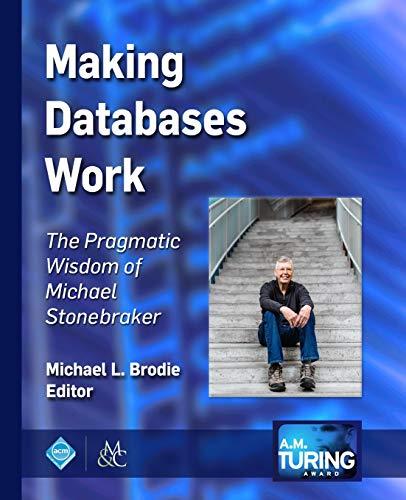
1. A digital computer has a memory unit with 30 bits per word. The instruction set consists of 58 different operations. All instructions have an operation code part (opcode) and two address fields: one for a memory address and one for a register address. This particular system includes eight general-purpose, user-addressable registers. Registers may be loaded directly from memory, and memory may be updated directly from the registers Direct memory-to-memory data movement operations are not supported. Each instruction is stored in one word of memory a. How many bits are needed for the opcode? b. How many bits are needed to specify the register? c. How many bits are left for the memory address part of the instruction? d. What is the maximum allowable size for the memory? e. What is the largest unsigned binary number that can be accommodated in one word of the memory? 2. List the hexadecimal code for the following program (hand assemble it), and predict what will be stored in memory location 10B after the program is executed. Hex Address 100 101 102 103 104 105 106 107 Label Instruction Load A Add One Jump S1 Subt One Store C Halt Subt B S2 S1 ump S2 One, A, HEX 0001 HEX 0022 HEX 0014 HEX 0000 10A 10B C, 3. Write the assembly language equivalent of the following MARIE machine language nstructions: a. 0100010111000010 b. 0001001110011010 c. 1100000101101100 1. A digital computer has a memory unit with 30 bits per word. The instruction set consists of 58 different operations. All instructions have an operation code part (opcode) and two address fields: one for a memory address and one for a register address. This particular system includes eight general-purpose, user-addressable registers. Registers may be loaded directly from memory, and memory may be updated directly from the registers Direct memory-to-memory data movement operations are not supported. Each instruction is stored in one word of memory a. How many bits are needed for the opcode? b. How many bits are needed to specify the register? c. How many bits are left for the memory address part of the instruction? d. What is the maximum allowable size for the memory? e. What is the largest unsigned binary number that can be accommodated in one word of the memory? 2. List the hexadecimal code for the following program (hand assemble it), and predict what will be stored in memory location 10B after the program is executed. Hex Address 100 101 102 103 104 105 106 107 Label Instruction Load A Add One Jump S1 Subt One Store C Halt Subt B S2 S1 ump S2 One, A, HEX 0001 HEX 0022 HEX 0014 HEX 0000 10A 10B C, 3. Write the assembly language equivalent of the following MARIE machine language nstructions: a. 0100010111000010 b. 0001001110011010 c. 1100000101101100







